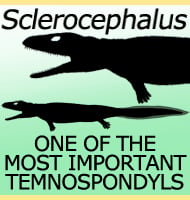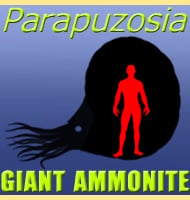In Depth
Burgessia is a genus of arthropod that lived during the Cambrian, and one that looks a lot like a modern day horseshoe crab when seen from above. Burgessia was much smaller than a horseshoe crab however with even the largest individuals being only a little over four centimetres in length, and the smallest about half a centimetre from the front of the carapace to the tip of the rear spine. Two large antennae grew forth from under the carapace and as these were probably the primary sensory organs as so far no eye have been found on any Burgessia specimen, indicating that the genus was blind. The mouth was on the underside of the body and when the antennae ‘tasted’ a morsel that was edible, the individual Burgessia called walk on top of the food and begin eating. The presence of mud in the gut of some Burgessia specimens has led to the theory that Burgessia may have routinely eaten mud, digesting the organic parts, and passing out the inorganic, though most researchers also recognise that this could simply be a case of mud sediments entering the body after death.
Further Reading
- Taphonomy of the Greater Phyllopod Bed community, Burgess Shale. - PALAIOS 21 (5): 451–65. - Jean-Bernard Caron & Donald A. Jackson.









